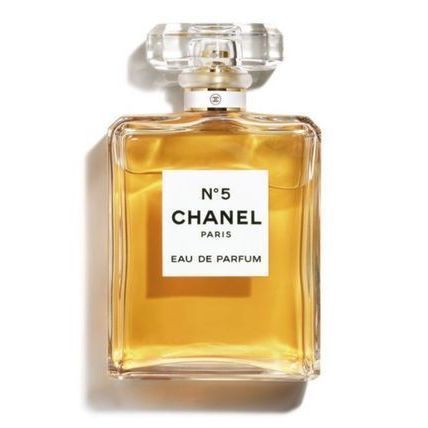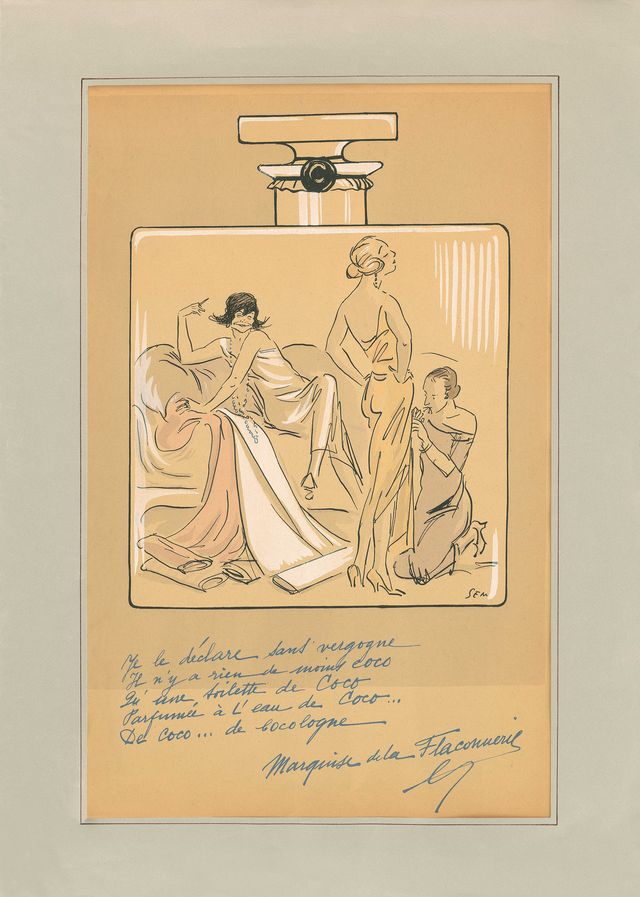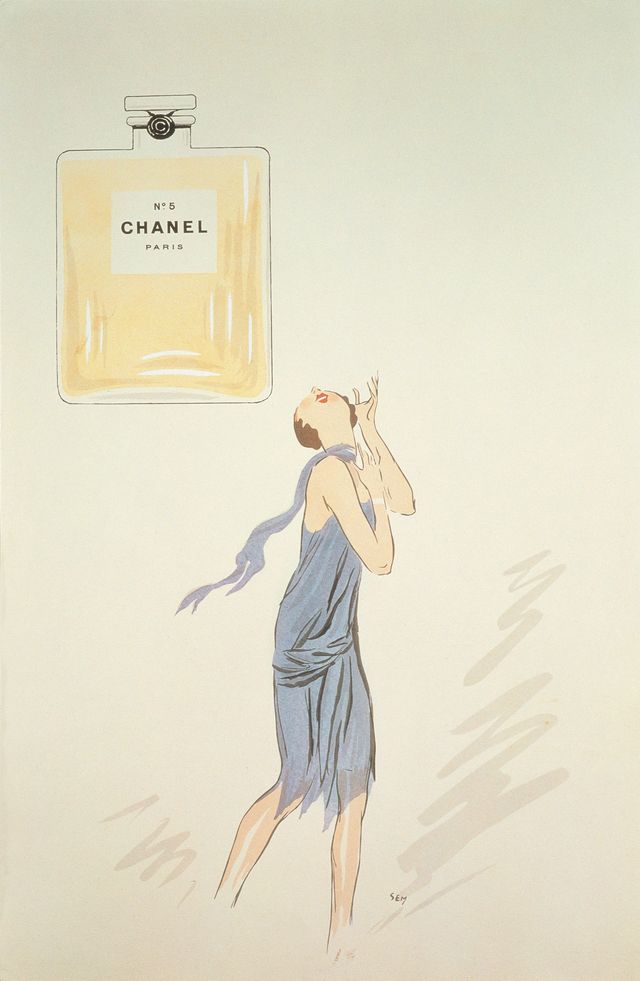Chanel No5: The history of the iconic perfume
What makes a beauty product truly iconic? Perhaps it’s decades of unwavering popularity, or a backstory that unfolds like a fairytale. Associations with old Hollywood surely lend weight. To many, it’ll be the ability to conjure memories of loved ones, or a twang of nostalgia that hits in the heart. Whatever the word means to you, Chanel’s No5 is surely worthy of the moniker.
No5 is now 100 years old – well, 101 to be precise – and remains the most famous women’s perfume in the world. A scent synonymous with bold, old-school glamour and timeless femininity, it has managed to transcend both cultural predilections and fleeting trends.
Certainly not one for wallflowers, is the heady, oversized bouquet of the movies – extravagant, powerful and dripping in romance. Ephemeral citrus fruits burst from the top, while vanilla, amber and patchouli deepen the trail, lending a lasting sensuality. A single spritz makes a perfect everyday signature, but it’s at night when the warm, rose-tinted accord really comes to life.
Chanel N°5 Eau De Parfum Spray

Chanel N°5 Eau De Parfum Spray
£99 at sephora.co.uk
Credit: Sephora
No5 was first created in 1921 by Ernest Beaux in Grasse – the home of French perfumery. At the time, the fragrance industry revolved around soliflores: scents that mimicked the scent of a single flower, resulting in a hyper-real yet often one-note fragrance. Seeking to challenge the norm, Gabrielle Chanel tasked Beaux with creating something ‘artificial’ – a fragrance crafted and composed just like a dress.
Indeed, the resultant trail was one as finely tailored as one of the house’s inimitable tweed suits, and birthed an entirely new category of ‘abstract’ fragrances. Over 80 notes were worked with, from the headlining May rose to heady jasmine and creamy sandalwood. The composition is complex, but it’s the introduction of aldehydes – fatty compounds that add an elusive, almost lemony quality to an accord – that lift it to truly spectacular proportions. While it is a myth that No5 was the first ever fragrance to use aldehydes, it’s certainly the most memorable.

Courtesy
A trait befitting any icon, myths actually surround No5. Many say the name relates to the winning sample presented to Chanel by Beaux, but it can’t be ignored that Chanel, a famously superstitious woman, considered five to be her lucky number. In fact, she presented her collections on the 5th of each month – a tradition that the house stays true to today.
Today, No5 continues to reach new generations without having to dramatically reinvent itself. Collector’s flacons, special editions and tweaked trails have been launched, but none veer too far from the liquid-gold nectar of the original. Those precious rose and jasmine flowers are still picked from the Chanel fields in Grasse, and the faceted square bottle is still recognisable from its mere outline.

Courtesy
The widely loved is, for many, the entry route into the heady world of No5, while purists will remain loyal to the original , which projects sensational sillage from a single dab. The , created in 1986 by house perfumer Jacques Polge, is a touch heavier on the sandalwood, tempering the airy romance of the floral bouquet with a woodier drydown.
A lighter twist, retains the floral warmth of the original, but spotlights ylang-ylang in place of the jasmine, lending the trail a sweeter, more exotic feel with a creamy warmth. And the most youthful of the family (created by Jacques’ son and current house nose, Olivier Polge,) sparkles with sugared-citrus top notes, bolstered by nose-twitching vetiver in the base.
As No5 celebrated its centenary last year, much was being made of the ‘second Twenties’ – a post-pandemic return to the hedonism of the original era, when Chanel and Beaux first began to work together. We might not quite be experiencing the ‘second twenties’ we were promised, but a spritz of No5 still feels perfectly appropriate today.






